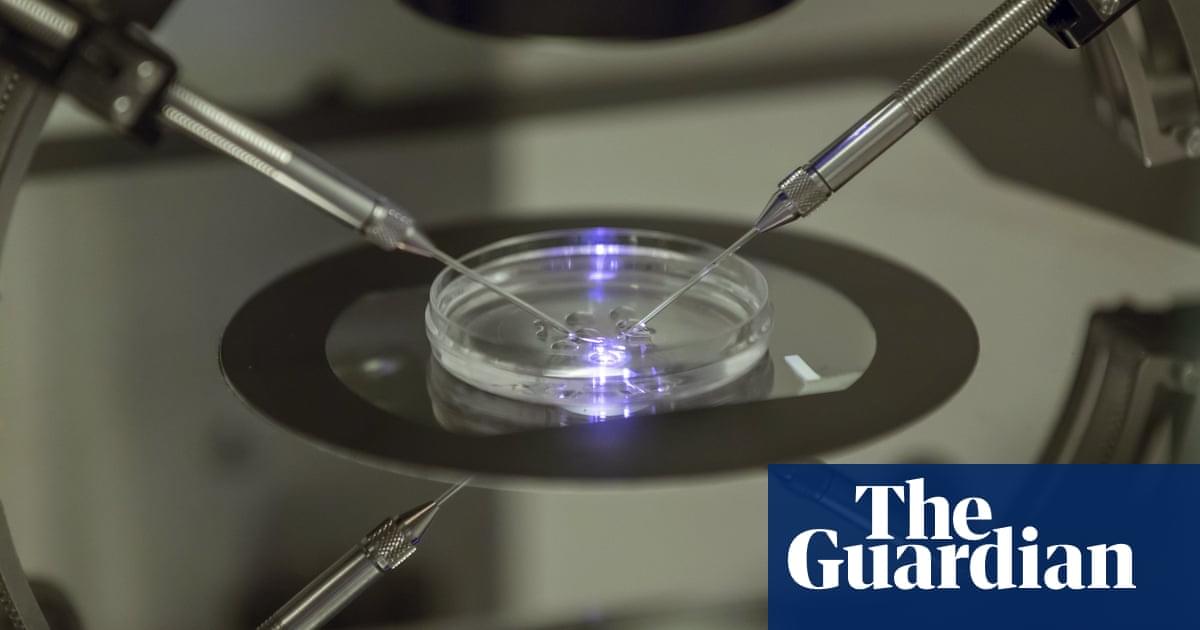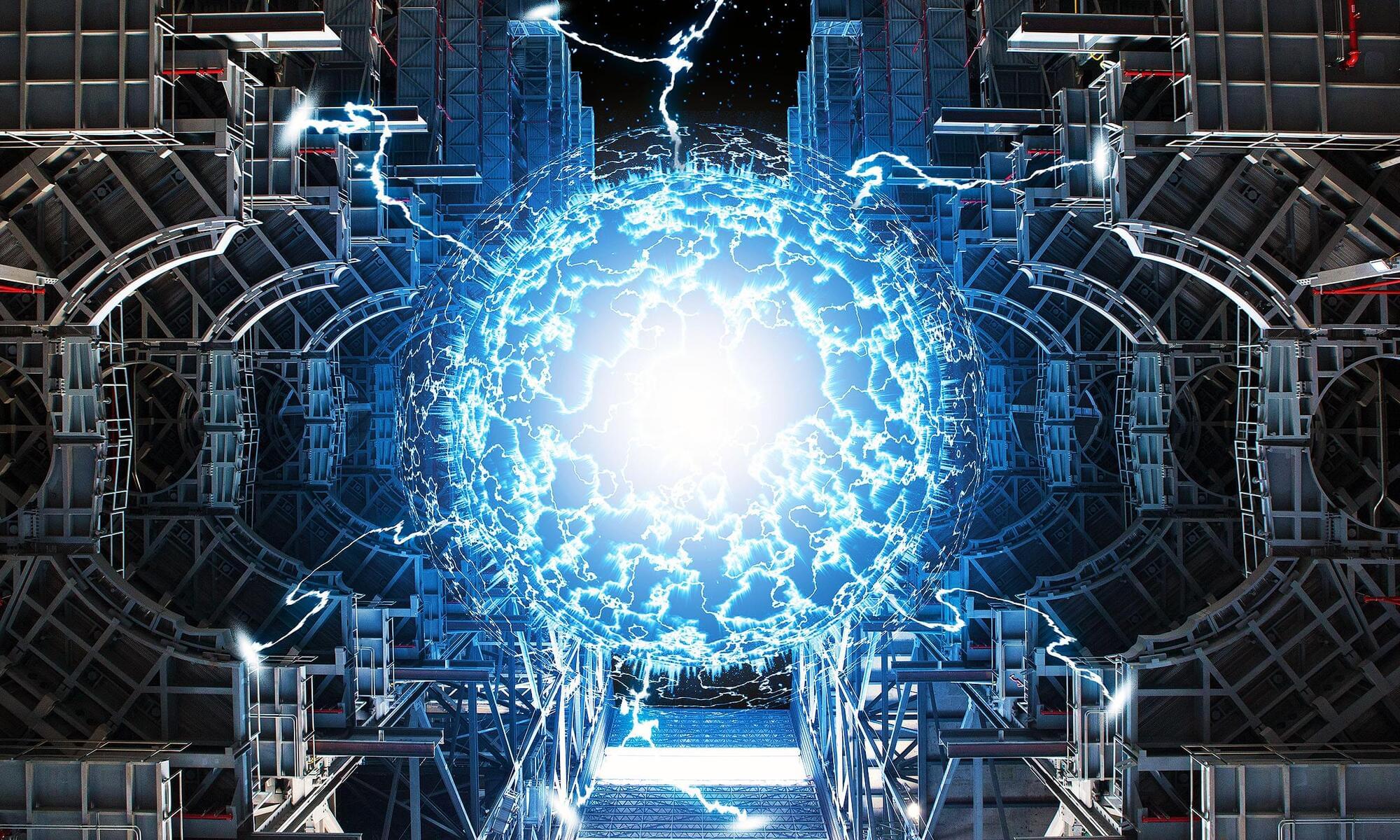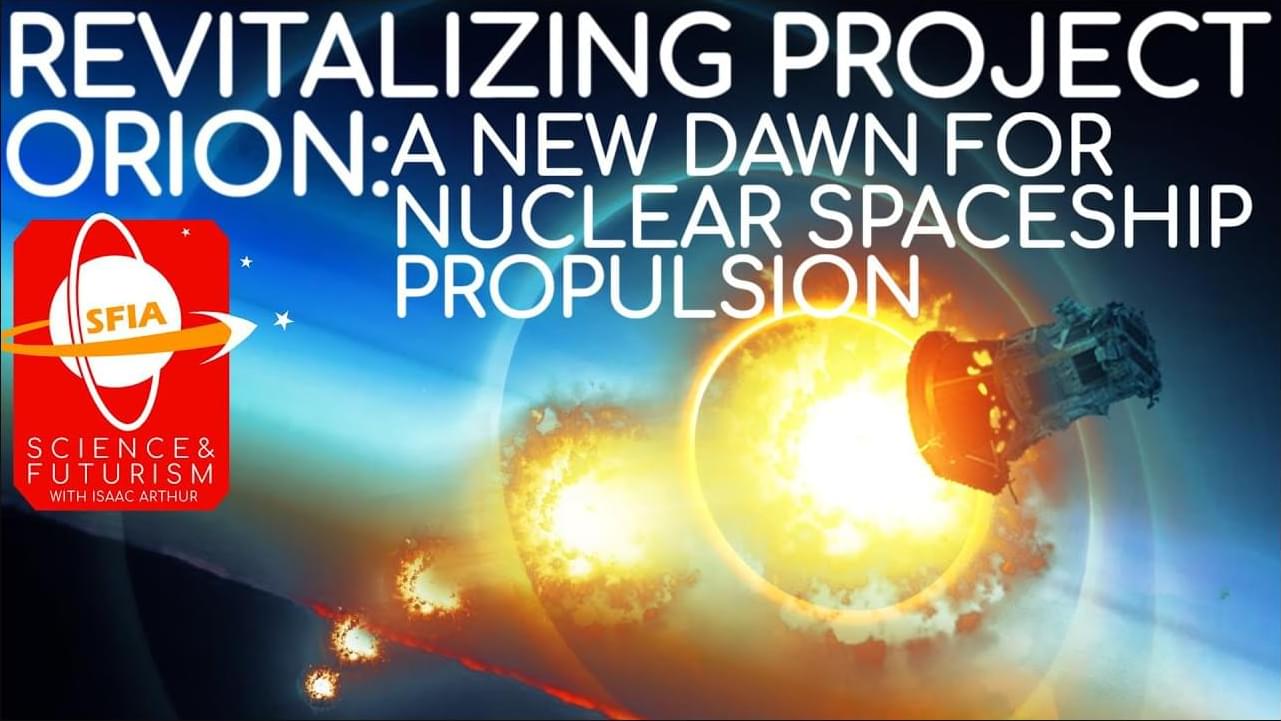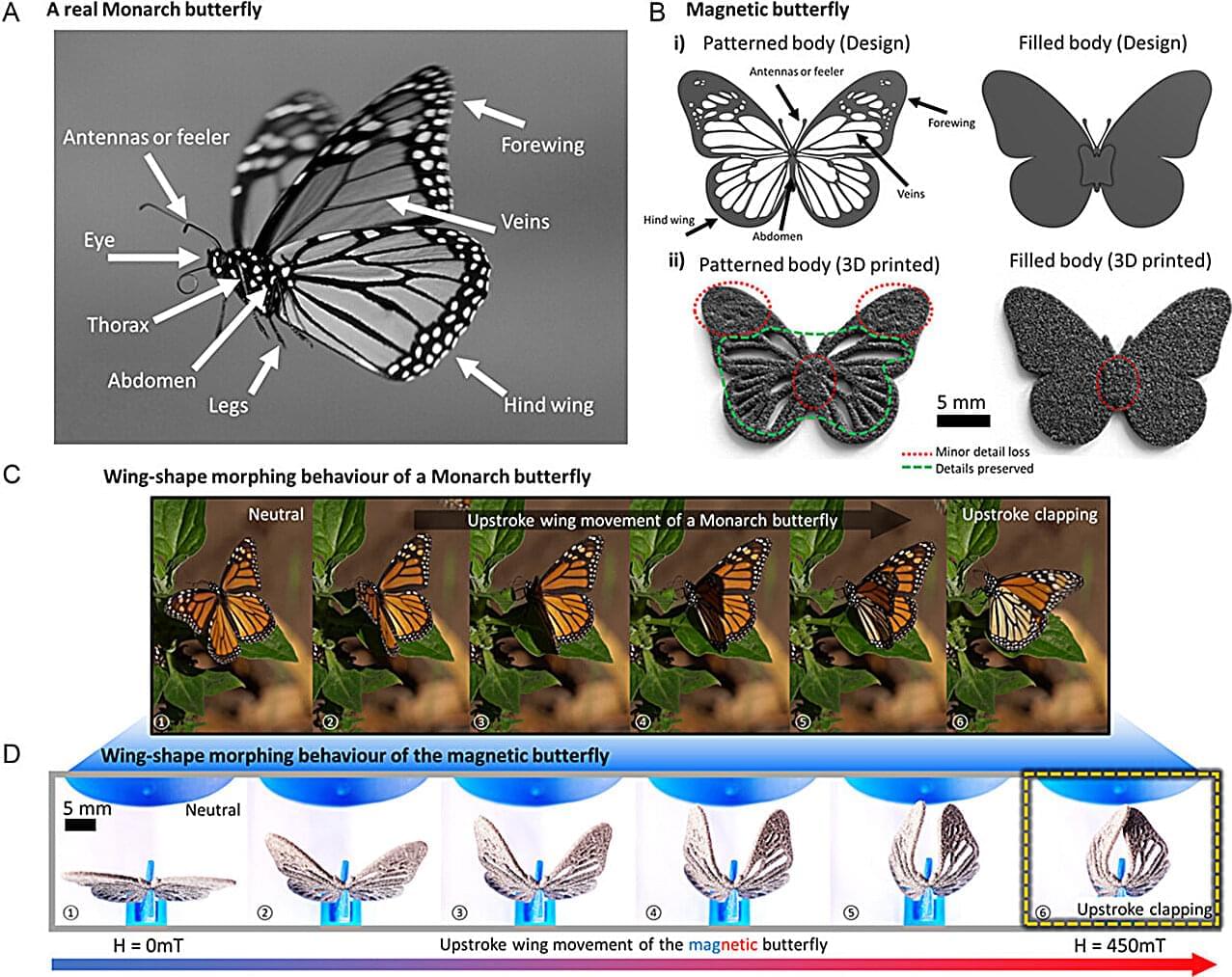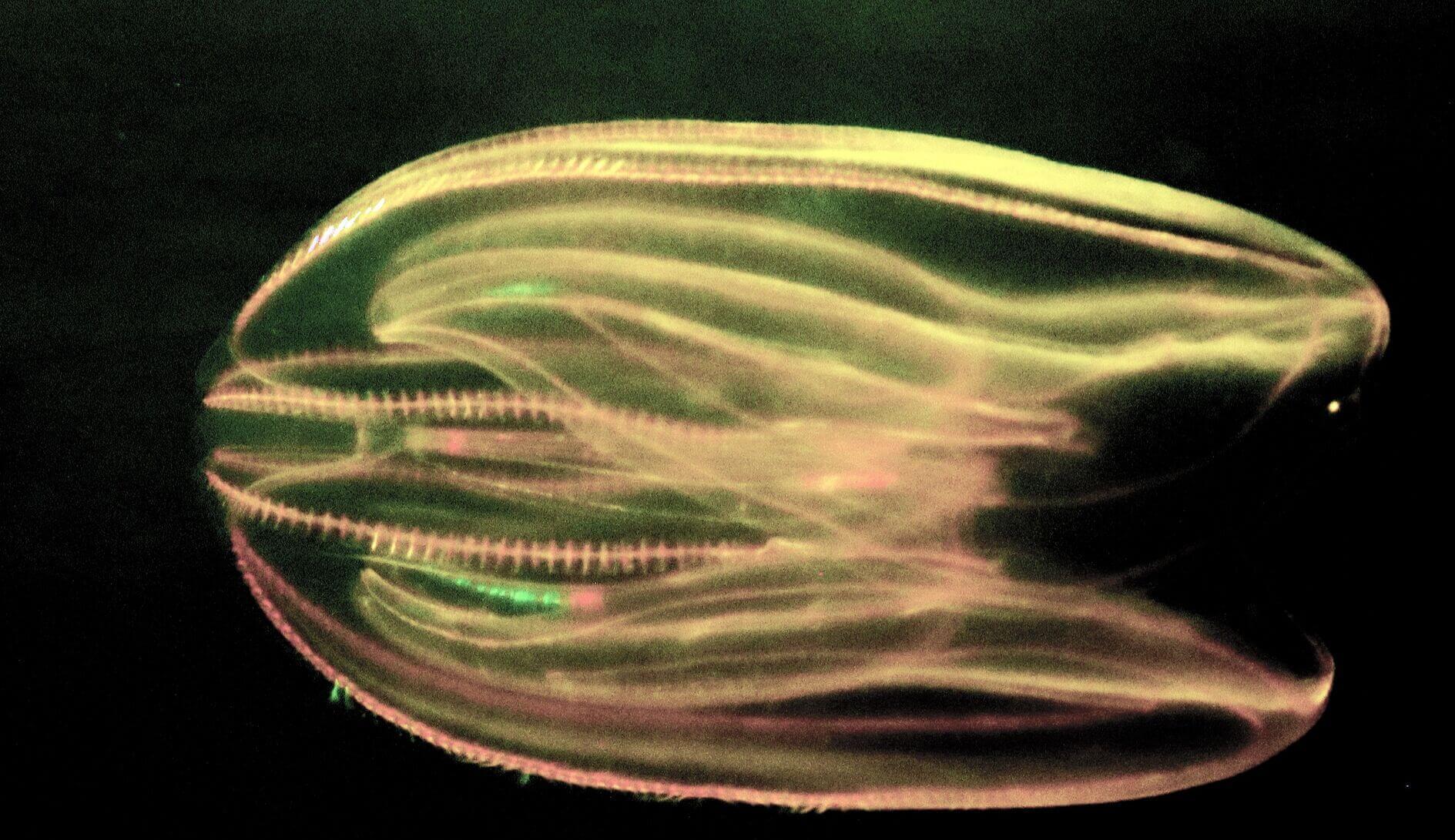Find out more about Bitdefender’s two decades of unparalleled cybersecurity excellence: https://bitdefend.me/StarTalkTA
Could we create warp drive someday? In this Star Trek-themed episode, Neil deGrasse Tyson and co-host Chuck Nice team up with astrophysicist Charles Liu to dive into the science, technology, and legacy of one of the most influential sci-fi franchises of all time: Star Trek.
We answer questions about quantum entanglement, the size of electrons, and the real science behind Trek tech or Treknology. How close are we to warp drives, transporters, and subspace communication? You might be surprised to hear what’s theoretically possible and what remains in the realm of science fiction.
We discuss technology that exists already and the solutions to storytelling challenges through warp drives and dilithium crystals. Learn about the show’s physics, from phasers and antimatter to the mycelium network’s fascinating parallels with fungal biology. How do you store antimatter without it annihilating? Plus, find out who everyone’s favorite characters are and who they relate to most.
As we reflect on the series’ 23rd-century vision, we ask: Could humanity achieve Trek-level tech by 2260? We discuss the physics we’re missing and the collective imagination and determination it takes to advance our understanding of the universe.
Get ‘The Handy Quantum Physics Answer Book’: https://amzn.to/4frhizV


